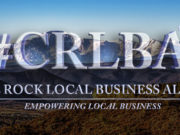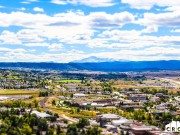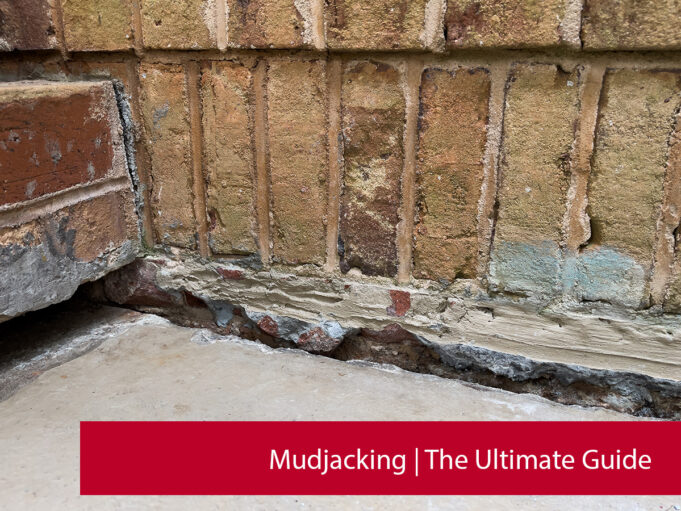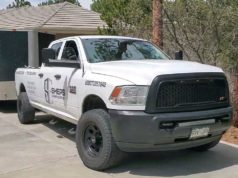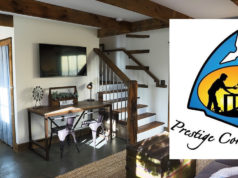Understanding Mudjacking
Mudjacking, a traditional and environmentally friendly method, addresses the issue of sunken or uneven concrete through a simple yet effective process. This technique involves injecting a slurry mixture from natural materials such as water, soil, sand, and cement under the concrete slab. This slurry fills the voids beneath the concrete, providing the necessary lift and stabilization to return the slab to its original position. The eco-friendliness of mudjacking lies in its use of readily available and non-toxic materials, which have minimal environmental impact. This approach fixes the concrete effectively and respects our ecological system, showcasing the sustainable practices that can be applied in construction and repair.
The Advent of Polyurethane Concrete Lifting
Despite the effectiveness and environmental benefits of mudjacking, the construction and repair industry has seen the rise of a modern technique known as polyurethane concrete lifting. This method, which uses a two-part polyurethane foam, offers a quicker solution by rapidly expanding under the concrete to fill voids and lift the slab. Its main selling point is the speed at which the foam cures, making the concrete ready for use almost immediately—a significant advantage in settings where downtime needs to be minimized.
The introduction of polyurethane concrete lifting has sparked controversy, particularly concerning the environmental and health implications of using polyurethane foam. As cited by experts, “There are numerous hazards associated with the use of polyurethane foam” (AAA Concrete Raising). These concerns stem from the chemical composition of polyurethane foam, a byproduct of crude oil processing, containing substances like polyols and diisocyanate—both identified as carcinogens and recognized as toxic by the Environmental Protection Agency (EPA).
Environmental Concerns and the Debate Over Safety
The controversy surrounding polyurethane concrete lifting focuses heavily on the environmental and health risks associated with its use. The chemicals in creating polyurethane foam, such as toluene diisocyanate, methylene chloride, hydrogen cyanide, and isocyanates, pose significant dangers. These substances are known neurotoxins and carcinogens, which can cause serious health issues and environmental damage. Furthermore, the finite lifespan of polyurethane foam, typically lasting only 10-12 years under normal conditions, raises additional concerns about its sustainability and the impact of its degradation products on the environment.
Weighing the Pros and Cons
The choice between mudjacking and polyurethane concrete lifting involves carefully considering both advantages and disadvantages. Mudjacking’s appeal lies in its environmental sustainability, cost-effectiveness, and long-term durability despite its slower curing time and the need for larger injection holes. Conversely, polyurethane concrete lifting’s rapid curing time presents a significant advantage for projects requiring immediate concrete surface use. However, the environmental and health risks associated with the chemicals used in polyurethane foam, along with concerns about its long-term viability and disposal, must be considered.
Final Thoughts
The ongoing debate between mudjacking and polyurethane concrete lifting reflects a broader conversation about prioritizing technological innovation versus environmental responsibility. The speed and convenience offered by polyurethane foam are undeniable, yet its potential risks to health and the environment warrant a cautious approach. Mudjacking, with its reliance on eco-friendly materials and proven effectiveness, represents a sustainable choice that aligns with the principles of environmental stewardship.
As the industry evolves, it is crucial to continue exploring and developing methods that offer both efficiency and sustainability. The decision between mudjacking and polyurethane concrete lifting extends beyond technical considerations, touching upon our broader values and commitment to preserving the environment for future generations. In our pursuit of progress, we must remain mindful of our choices’ impact on the planet and strive for solutions that harmonize with ecological balance.




